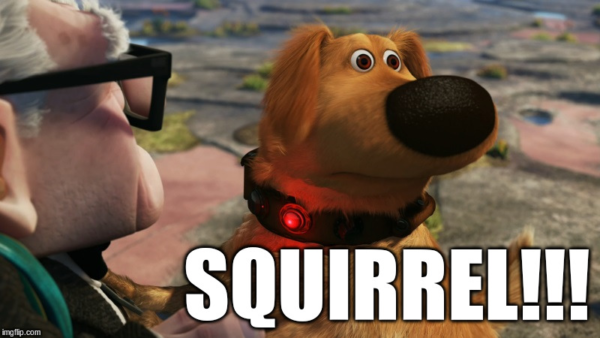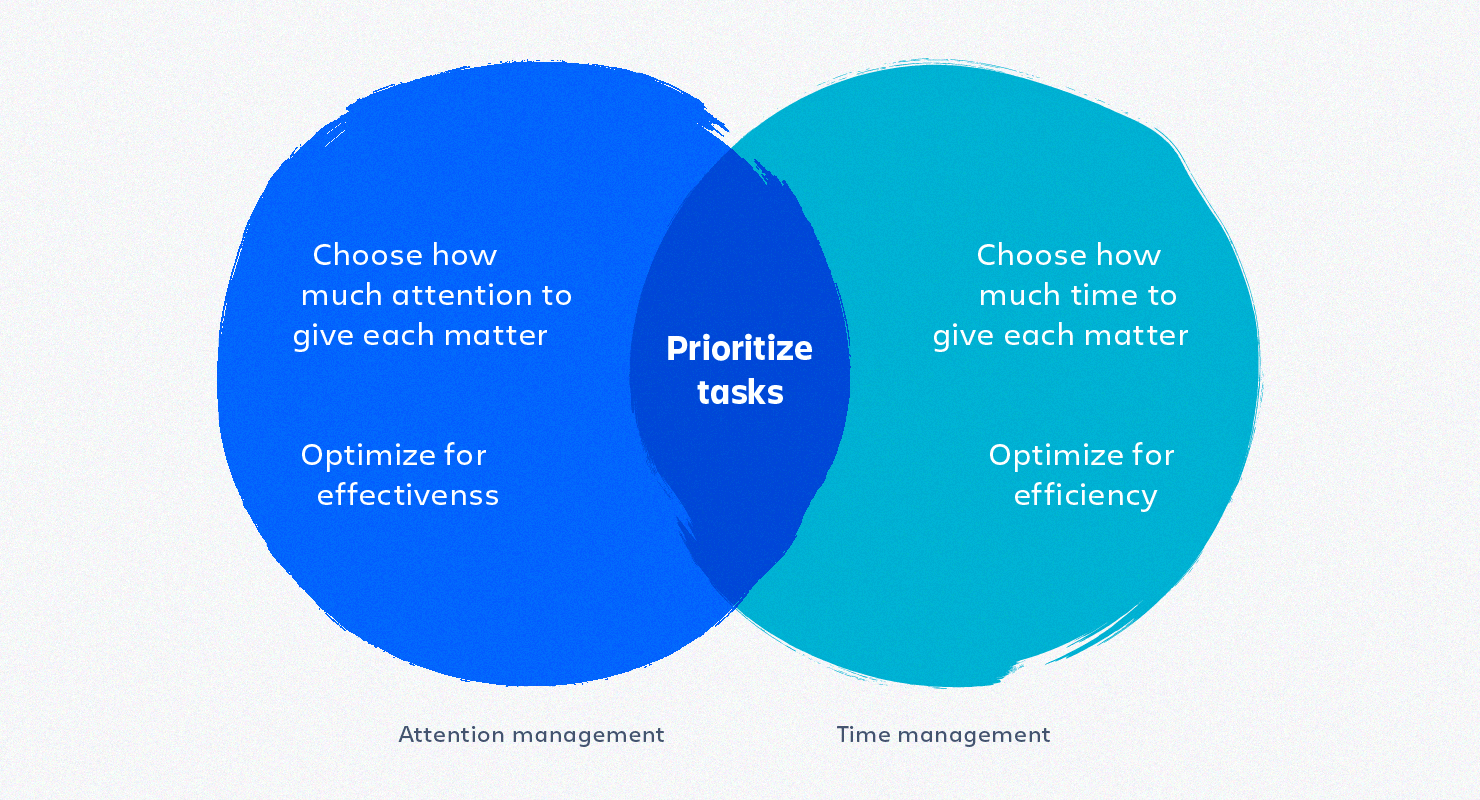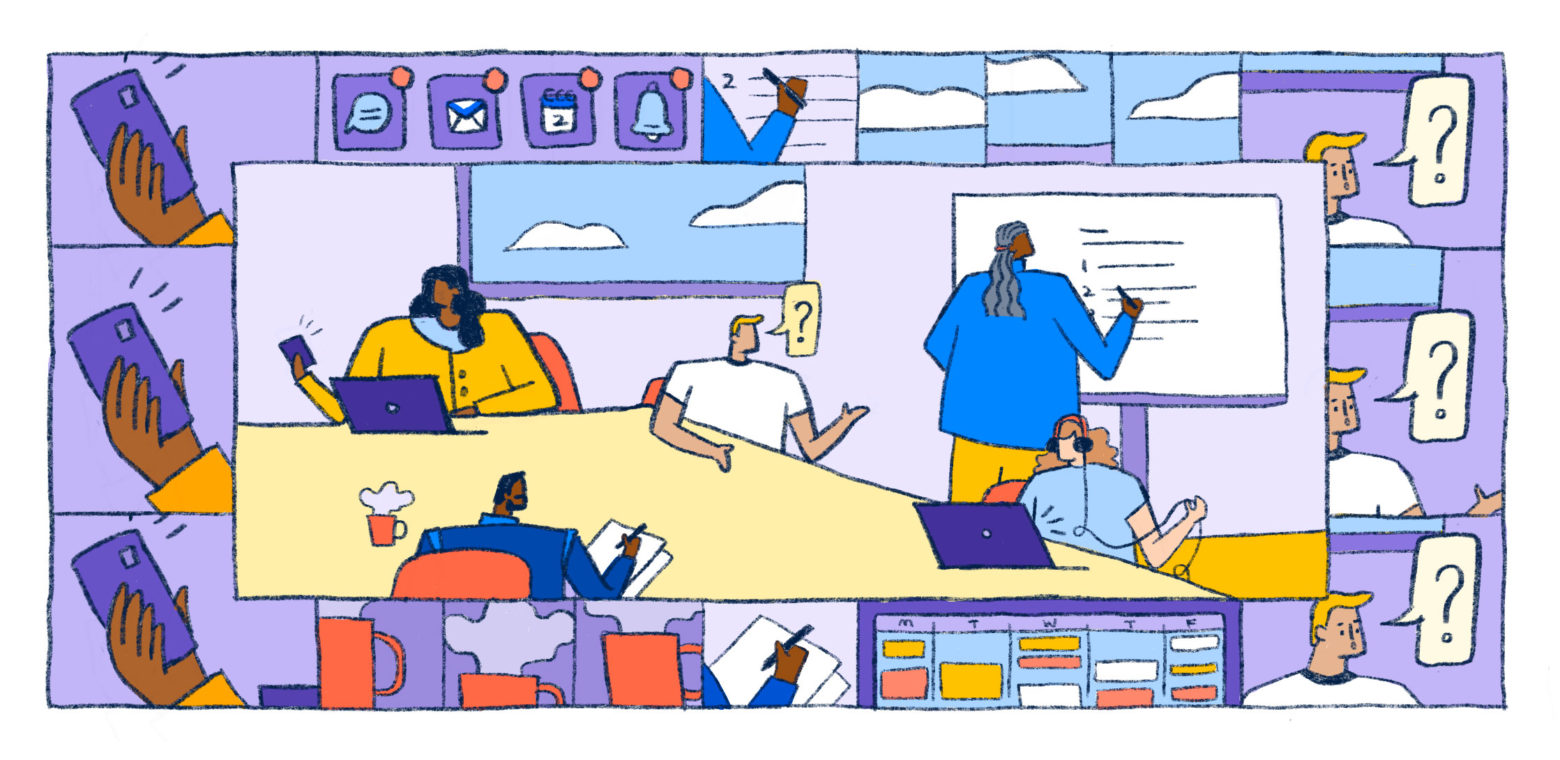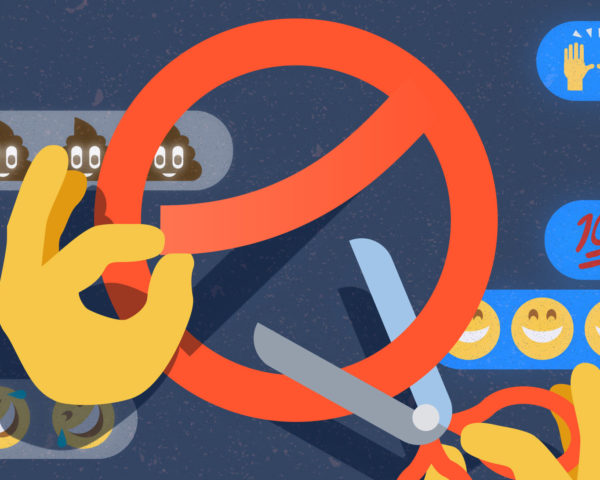Raise your hand if you no longer trust yourself to remember everything you need to do. Keep your hand up if you’re so entrenched in knee-jerk reaction mode that, the moment a “quick little task” pops into your head, you drop whatever you’re doing and take care of it right away lest it slip through the cracks.
For the record, my own hand is very much raised. I’m so paranoid about forgetting the little things that I’ll interrupt a perfectly good deep-work state just to put granola on the grocery list. Or send a book to my daughter’s Kindle. Or some other inconsequential thing that was totally not worth ruining my flow for. (I’ve already done it three times today.)
It’s an easy trap to fall into. Our lives are brimming with distractions: pings from teammates, family or roommates milling around the house, current events and our ever-present anxiety about them, the internet meme du jour. Unless we make deliberate choices about what to focus on at any given moment, it’s virtually impossible to get anything meaningful don–

Time management alone won’t solve the problem because no amount of calendar Tetris can alter the way your brain functions. The missing piece is a mental practice known as attention management – the art of consciously setting aside trivial matters and directing our focus to bigger, more important things.
Attention management isn’t about eliminating distractions, according to author and coach Maura Thomas. (Watch a 2-minute summary from her TEDx talk here.) It’s a matter of being intentional about how you respond to them – specifically, giving the most attention to the most meaningful, high-impact tasks. For individuals, the tactics include ruthlessly scrutinizing your to-do list, setting up a focus-friendly work environment, and banishing all attempts at multi-tasking.

The implications for personal productivity and advancement are obvious. Rising to the next level in your field means tackling meaty problems and delivering results on time, neither of which are possible if your brain is ping-ponging all over the place.
But does it scale? Can attention management benefit teams? Can its principles be applied at the organization level? The answer to all these questions is yes. For teams and companies, the approach is similar, but with a few tweaks to account for the group dynamics in play.
Why attention management matters for teams
According to researchers at the University of Pennsylvania, creative thinking and problem solving require focus and imagination in equal amounts. Indeed, their results suggest creative thinking involves exercising control over our imaginations if we want to produce solutions that are both novel and useful. Says one researcher, “Although imaginative thinking can help us generate different possible solutions to a problem, we then have to evaluate these ideas to determine whether they will actually work and revise them accordingly.”
In other words, giving in to distractions is bad news for people trying to tackle gnarly problems or make a big impact. And when “reactive mode” pervades a whole group, the problem compounds.
To make matters worse, it’s all too easy to use busywork as a vehicle for procrastination. Picture, for example, a finance department that has made the long-overdue decision to shift to an agile style of planning and collaborating. It’s a massive departure from the siloed way they’ve traditionally organized their projects, with the work flowing from analysts to actuaries to accountants in sequence (i.e., “waterfall” style). Now, people in different functions will be doing their work in parallel.
Sounds simple enough on paper. But think about the accountant who walks to his desk one morning knowing that today he’s supposed to start building out a new report – this time, without all the information he’s accustomed to having because the actuary on the project is only just starting her piece, too. This is going to be really different. And different feels hard. And humans, by nature, tend to avoid hard things. So imagine our accountant’s relief when a colleague asks for help revising a report from two years ago. Oh, blessed familiarity! He can put off his hard-but-high-impact work without feeling guilty about it.
Now imagine that scenario played on repeat across the entire department for weeks on end. Instead of pursuing a strategy, they’re just thrashing about. They’ve become a drag on the company’s broader agile transformation, which it desperately needs to get right in order to keep pace with competitors.
Attention management comes into play even within the less-fraught context of a single team working on a big project. In order to deliver, they’ll need to delay work that doesn’t move the big project forward and say “no” to requests from other teams, which is hard, mostly on an emotional level. But it’s possible.
How to practice attention management at scale
No matter how good your team is at formulating a strategy or mapping out bold initiatives, you’ll never get the results you want if everyone accidentally fritters away their time (and energy!) on low-impact activities. The best way to prevent that is by taking deliberate, conscious measures like these.
1. Stay connected to the “why”
When you’re trying to push a big rock up a hill, at some point (like when your legs cramp up) you’re going to wonder if the payoff is really worth all this effort. When that moment comes, a sharp sense of purpose will help you resist the temptation to prop the rock in place and go lie down and watch a cat video.
Whatever your team’s “big rock” is, everyone should have a shared understanding of why you’re tackling it. If you haven’t already, spend a few minutes in your next team or project meeting discussing that. Then, as you go along, put that “why” statement at the top of every document, chart, Slack channel, and slide deck related to the project for reinforcement.
2. Prioritize ruthlessly, decline compassionately
For medium- to long-term prioritization, nothing beats the Objectives and Key Results (OKRs) framework pioneered by Google. As a team, you’ll define two or three high-level objectives to pursue. These objectives are either the “big rocks” themselves, or components of a single big rock. For each objective, you’ll define two or three measurable results, which, if achieved, will tell you that you’re on the right track. Then throughout the quarter or year, you’ll assess and score your progress against your key results. When laid out in a shared document (may I recommend a Confluence page?), OKRs become a touchstone for the team to refer to when new requests or ideas come their way. If the activity furthers one of your objectives, find a way to make space for it. If not, gently decline to take it on right now, but consider revisiting the idea later.
Another helpful technique is the “Eisenhower matrix”. It’s a two-by-two grid for sorting all the work on your plate and in your backlog by urgency and importance. (Because who doesn’t love a two-by-two grid?) Use it when grooming your team’s backlog – which in an ideal world, you’ll do about every month or so – and to assess ad-hoc work as it comes up.

These two frameworks are great for prioritizing the work that comes from within your team or department. But what about the other teams that need contributions from you in order to achieve their goals? You need an advanced-level technique designed to let you walk the line between being a team player and a martyr. We developed it at Atlassian and call it the “prioritize allthethings matrix”.
You’ll start with an empty field with X- and Y-axises for urgency and impact, respectively. Fill the grid with all the work that furthers your immediate team’s goal, similar to the Eisenhower matrix. Then bring in leaders from teams that need your help and place all their requests in the appropriate quadrants. From there, you’ll assess your capacity and draw “feasibility lines” to delineate what you must, might, and won’t do. The best part about this technique is that, because you brought other team leads into a conversation with you, they’ll automatically understand why you’re declining some of their requests (even if they’re a bit grumpy about it).

3. Foster a focus-friendly team culture
Meetings, chat, and email are essential elements of collaboration for most knowledge worker teams. They’re also concentration-killers. Productivity gurus implore us to set aside time specifically for checking email, and to leave it alone other than that so you can have longer periods of focused work. The biggest reason people ignore that advice? They don’t feel like they have permission to ignore email for hours at a stretch. Ditto for pausing chat notifications.
So, as a team, give yourselves that permission. Agree on how fast you expect each other to respond, and a contingency plan for when you need each other’s attention right away. For example, you might decide that emails and chat pings should be answered within three hours, with a phone call or shoulder-tap as the emergency signal. Having this agreement is crucial for distributed teams in particular. Often, remote workers worry their teammates will think they’re sluffing off if they don’t respond immediately. So they respond right away, but at the cost of their own productivity.
As for meetings, establish mutually agreed upon, scheduled blocks of meeting-free time (sometimes called “time locks”). Many teams at Atlassian have one “get $#!t done day” each week where they neither schedule nor accept invites to meetings. There are even rumors of a group of teams at Google who have agreed they not to interrupt each other at all before noon: no meetings, no taps on the shoulder, nothing. Even one morning per week reserved for deep work is a good start.
4. Be accountability buddies for each other
People don’t give the daily stand-up enough credit. Sure, it’s a quick way to get status updates, but it’s also a gentle accountability mechanism. As each person shares their progress since last time and plan for today, the manager or project lead has an opportunity to make sure everyone is focused on the most important work and help course-correct if needed. For agile teams, your sprint planning session can serve the same purpose, and in a more proactive way, to boot.
Attention management tips for individuals
Of course, all this will be for naught if team members don’t practice attention management as individuals. So I’ll leave you with a few tips.
- Set your chat status to “do not disturb” when you need uninterrupted time to focus.
- Put your phone away or silence it while working.
- Close all unnecessary browser tabs and applications on your computer when you need to concentrate.
- Take breaks throughout the day where you’re not looking at a screen at all.
- Check the news, social media, personal email, etc. in between tasks – not in the middle of them.
- If a new item for your to-do list pops into your head during focused work, jot it down on a piece of paper (don’t change what’s on your screen!) and come back to it later.
Ultimately, however, attention management and the self-discipline it requires comes from within. Proving once again that the technology that fuels our modern lifestyle is equal parts blessing and curse.





 )
) 







































